Aren’t the Vega cards the best cards for mining cryptocurrency? Is that what you are thinking.
So, still, confused about which graphics card to use for mining? Then this is the perfect place for your questions.
Today, we are going to look at two of the best graphics cards from AMD – RX 580 & RX VEGA.
So, let’s compare them.
Cryptocurrencies are decentralized digital currencies. These digital assets do not have any physical existence. Also, there are no centralized authorities. So you do not have to trust any third party with your transactions. Finally, you have the right to practically become your own bank.
But still, the cryptocurrencies need some techniques to verify the transactions. And they need to maintain the ledgers too. Cryptocurrencies go about solving these processes in mainly two ways.
Some cryptocurrencies use Proof of Stake to verify transactions. This process involves getting votes from a set of validators or forgers. If the majority of the forgers decide a transaction is valid, then the network accepts that transaction. And then adds it to the ledger.
And the point of this series of articles is to help you in deciding which card to choose. In another article, I compared two popular graphics cards from the team green – GTX 1070Ti VS GTX 1080Ti!
And in this article, I am going to do the same with two popular AMD cards. A lot of time I get asked whether someone should go with an RX 580 or an RX Vega series card.
And I hope this post will answer that question for once and all.
Popular cryptocurrencies like Ripple, Cardano, Stellar, EOS, etc.
Are examples of PoS cryptocurrencies. Even market veteran Ethereum is slowly implementing Proof of Stake to their existing network.
Another way to verify transactions is by using Proof of Work. Basically Proof of Work or PoW is more demanding than PoS. Because it requires the participants to perform difficult cryptographic problems.
We call these participants miner or mining nodes. These are specialized computer systems plugged into the cryptocurrency network for verifying transactions. In return, these miners receive block rewards.
After a certain period of time, the cryptocurrency network generates a transaction block. This block contains data from the transactions that happened in that period. After making the block, the network then announces it to the miners.
The miners then hash the block to create a suitable hash as per the network. When a miner successfully finds the ideal hash it receives the block reward. And the network adds the block reward to the blockchain.
This is why PoW based cryptocurrencies require fees for transactions. But you can make a PoS based cryptocurrency that doesn’t require transaction fees.
In an earlier post, I covered the basics of cryptocurrencies. I talked about what are they all about, how do they work, and trading basics. I also discussed advanced topics like mining in that article. There is another article solely dedicated to explaining the concept of PoW and PoS.
I suggest you giving them a read for understanding the concepts better.
Contents
RX VEGA VS RX 580 – Cryptocurrency Mining Comparison
You can mine cryptocurrencies with a lot of things. You can mine them with your CPU, your GPU, and ASIC rigs. While CPU mining is not really profitable anymore, GPU mining still works in the case of some cryptocurrencies.
But even then, you have this huge lineup of graphics cards from the market leaders – AMD and Nvidia.
Usually, newcomers make the mistake of buying the most expensive graphics cards. Because they think that the more expensive a GPU is the more money it will make.
And this concept is just wrong! So I always suggest doing proper research before investing in a mining rig.
First of all, I will discuss the features of each of the graphics cards. I will also talk about their mining performance. And present my opinions on which cryptocurrencies to mine with that card.
Finally, I will put these two cards against each and other. I will try my best to compare apples to apples and without any bias. So without further ado, let’s move on to the main part of this post.
1. AMD RX 580
AMD launched this card back in April 2017. This is an updated version of AMD’s tried and tested RX 480 graphics card. The AMD RX 580 is based on AMD’s fourth-generation GCN architecture.
This GPU has 36 compute units and 2304 stream processors in total. The base frequency is 1257 MHz which can boost up to 1340 MHz.
But third-party factory overclocked cards usually come with better boost clocks than that. You can also easily overclock this card easily with a utility like MSI Afterburner.
The RX 580 comes in one variant only – an eight-gigabyte version. It features GDDR5 memory with a 256-bit wide memory bus. So the bandwidth is limited to 256 Gbps, which is more than enough for a graphics card this cheap.
AMD claims that in a typical scenario the power consumption is near about 185W.
But in my experience, this is usually around 100 – 130W. So this card is truly economic in all aspects.
Mining Performance Of RX 580
Let’s start the mining performance by discuss the performance in the case of Ethash. Usually, AMD cards are bang for bucks when it comes to mining Ethash.
And RX 580 is not an exception either. Expect a hashrate of around 30 Mh/s while mining Ethereum and other Ethash based cryptocurrencies.
The card also performs exceptionally well while mining Equihash (Zcash, Zclassic, Zencash) and Cryptonight (Monero, Electroneum, Sumokoin). In the case of Equihash, the hashrate can reach as high as 285 – 290 h/s. While in the case of mining Cryptonight, I experienced high hash rates of 680 – 690 h/s.
I tested the card in some other hashing algorithms too. And I also compared my results with others. Fortunately, the results were mostly consistent. I have presented the data in tabular form for ease of understanding.
| HASHING ALGORITHM | HASHRATE |
| Ethash | 30 Mh/s |
| Equihash | 290 Sol/s (h/s) |
| Cryptonight | 683 h/s |
| Neoscrypt | 645 Kh/s |
| Lyra2Rev2 | 5700 Kh/s |
| Groestl | 19 Mh/s |
| X11Gost | 7 Mh/s |
Best Cryptocurrency To Mine With RX 580
While mining Ethash based cryptocurrencies this cheap AMD card manages to reach a high hashrate of 30 Mh/s on average. Now compare that to the Ethash hashrate of Nvidia’s GTX 1080 Ti. The 1080 Ti usually mines Ethash with a hashrate of 36 Mh/s.
So for a card that costs less than half of the price of a 1080 Ti, it’s quite impressive. So to minimize your payback period, target Ethash based cryptocurrencies.
Right now the most profitable Ethash based cryptocurrency to mine is Pirl. Apart from Pirl, you can also mine Ethereum, Ethereum Classic, Ellaism, etc. You can also sell your Ethash hashing power on Nicehash’s marketplace.
2. AMD RX VEGA
Now let’s talk about AMD’s revolutionary Vega platform. There are two graphics cards in this series – RX Vega 56 and RX Vega 64. AMD launched its Vega series in the third quarter of 2017. Both of these cards are equally good and market favorites because of their capabilities.
The Vega 56 contains 56 compute units and 3584 stream processors. While the RX Vega 64, as the name suggests, contains 64 compute units. So it has 4096 stream processors, almost comparable to Nvidia’s CUDA cores.
Vega 56, the cheaper model the has a base clock of 1156 MHz. And this can boost up to 1471 MHz!
However, the Vega 64 provides a better base clock of 1247 MHz and a boost clock of 1546 MHz.
What makes these two cards so popular is their HBM2 memory. HBM stands for High Bandwidth Memory which greatly reduces memory bottlenecks. And this makes these two cards mine certain cryptocurrencies more efficiently than any other cards. The Vega 56’s 8GB HBM2 memory has a bandwidth of 410 GB/s. While the Vega 64’s 8GB HBM2 memory has a memory bandwidth of 483.80 GB/s.
These cards are not too much power hungry either. The power consumption is usually in the range of 190 – 210W.
Mining Performance of AMD RX VEGA
Let’s jump straight to the table.
| HASHING ALGORITHM | HASHRATE |
| Ethash | 37 Mh/s |
| Equihash | 440 Sol/s (h/s) |
| Cryptonight | 1900 h/s |
| Neoscrypt | 290 Kh/s |
| Lyra2Rev2 | 13000 Kh/s |
| Groestl | 37 Mh/s |
| X11Gost | 11 Mh/s |
| HASHING ALGORITHM | HASHRATE |
| Ethash | 40 Mh/s |
| Equihash | 450 Sol/s (h/s) |
| Cryptonight | 1900 h/s |
| Neoscrypt | 290 Kh/s |
| Lyra2Rev2 | 13000 Kh/s |
| Groestl | 45 Mh/s |
| X11Gost | 13 Mh/s |
Best Cryptocurrency To Mine With AMD RX VEGA
As you can see from the table above, the Vega 56 and Vega 64 performs the same in most cases. And this is why Vega 56 are in more demand than the Vega 64. Right now the Vega 56 is about $50 – $100 cheaper than Vega 64. So looking at the current market I suggest buying the 64 for now. As it has better resale value than the Vega 56.
Both the Vegas perform extremely well while mining Cryptonight based cryptocurrencies like Monero. Actually, they provide the best hashrates among all graphics cards. And this is due to their HBM2 memory technology. As Cryptonight is a memory heavy hashing algorithm to prevent ASIC mining. And HBM2 increases the memory bandwidth so significantly that the results are quite amazing!
I suggest mining Karbo, Electroneum, Sumokoin, etc with these cards. Alternatively, you can also sell your Cryptonight hashing power on Nicehash as it offers very good rates.
AMD RX 580 VS AMD RX VEGA
Right now, I believe, you know the potential of the cards. So now let’s compare them and choose a winner.
It’s a very hard comparison as the cards belong to different price sectors. The RX Vega 56 is about $400 more than the RX 580. And that’s a huge gap. The RX Vega 64 is $100 more expensive than that.
Plus the two-card series is better at mining different cryptocurrencies. While the RX 580 is better suited for mining Ethash, the Vega series is better at mining Cryptonight. While mining Ethash based cryptocurrencies like Pirl an RX 580 can make about $2.18 profit per day. In the case of RX Vega while mining Cryptonight it can be as high as $3.4 profit per day.
If you take my advice then with an RX 580 you are looking at a payback period of at least eight months. While with RX Vega this is near about nine months. Do keep in mind this is a theoretical projection. I haven’t considered the fluctuation of price. So this payback period can decrease dramatically, can even increase if the market falls.
In my opinion, the best card is the RX Vega 56 even when the payback period is higher than RX 580. Because the Vega 56 can make a significant amount of income plus it has good resale value. Gamers and content creators prefer a Vega card to a 580.
Conclusion
This brings us to the end of another detailed mining guide on Coinsuggest. I hope I was able to compare the cards fairly. Please do leave a comment down below and share your views with us.
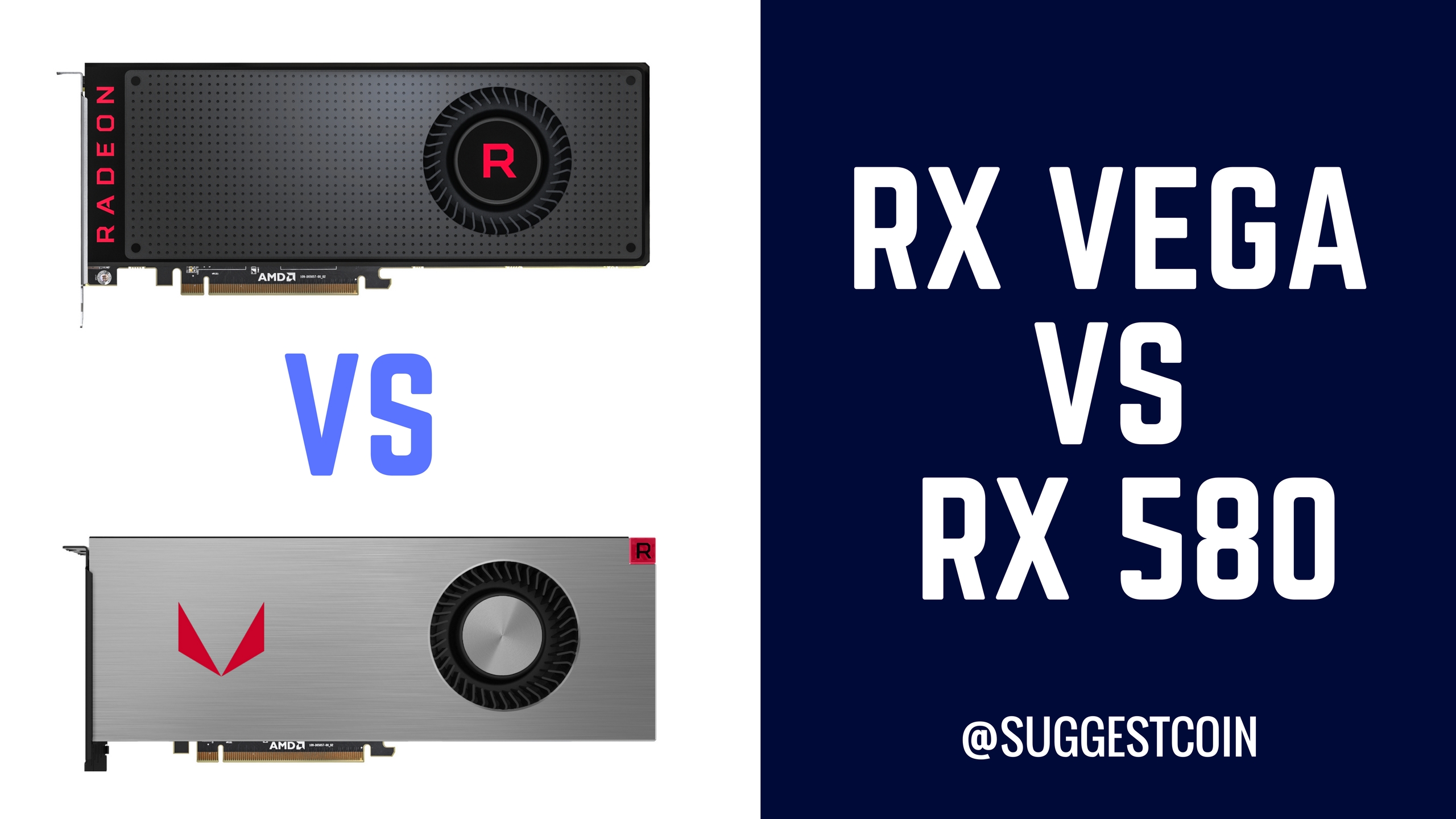

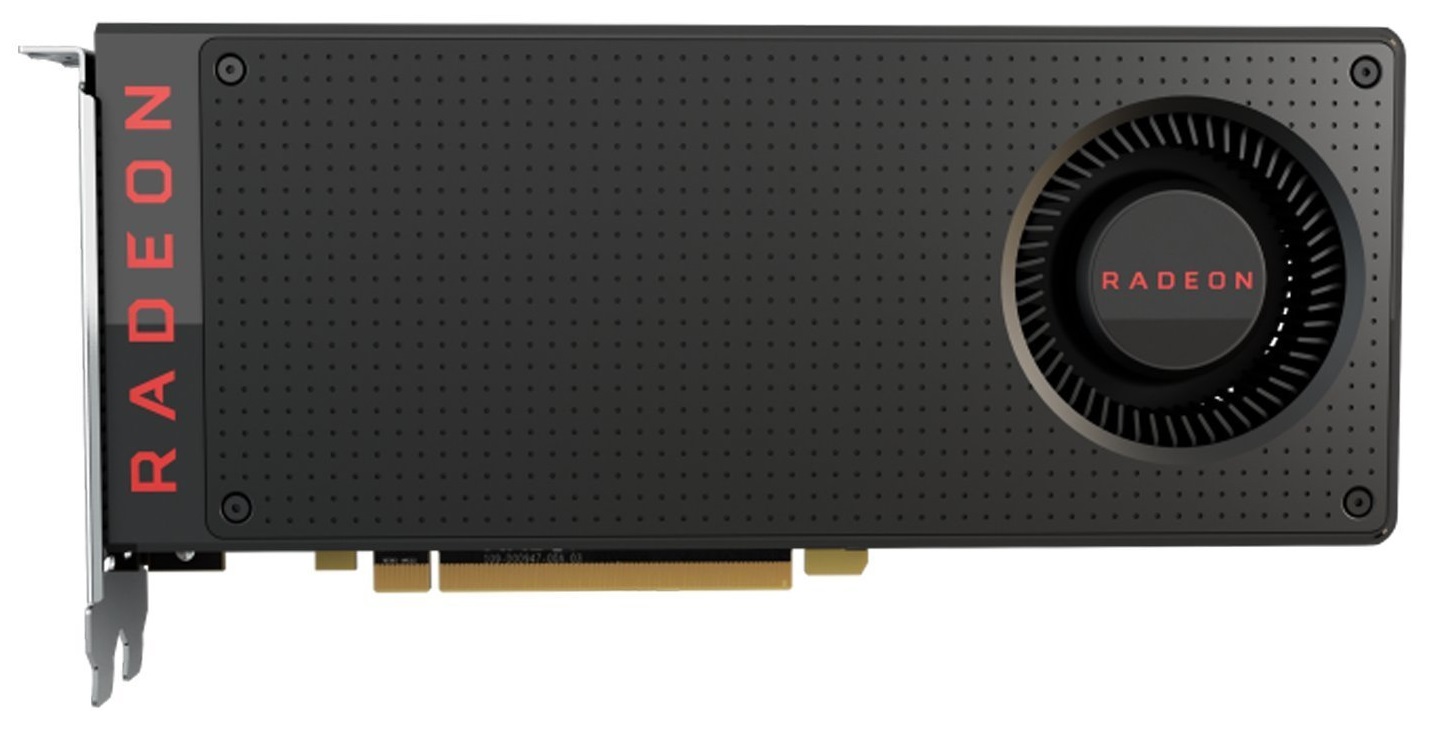
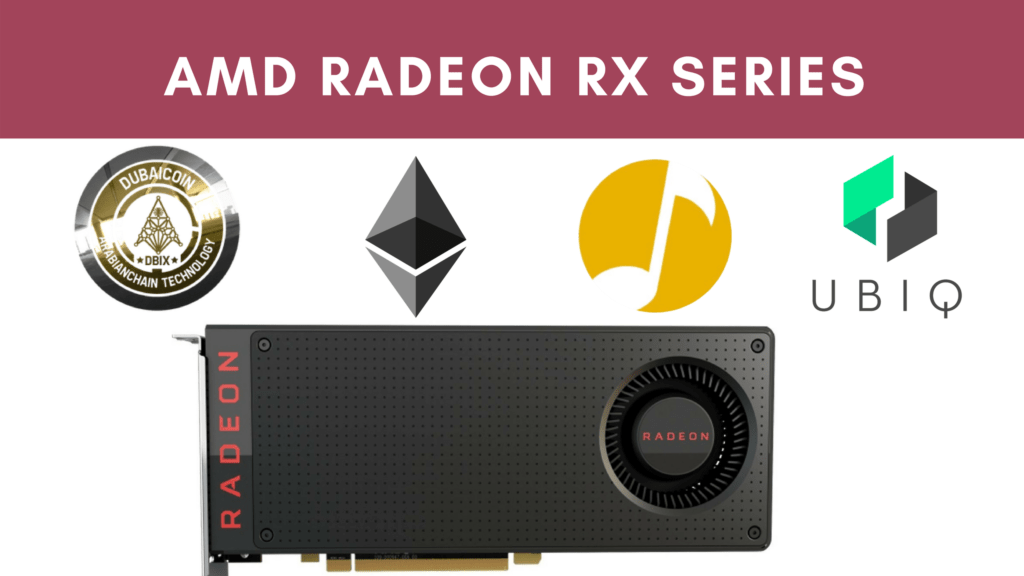
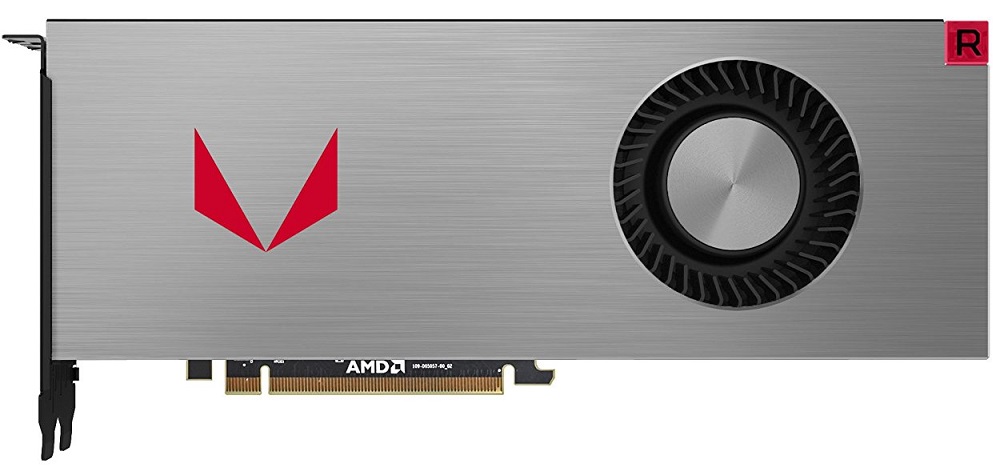
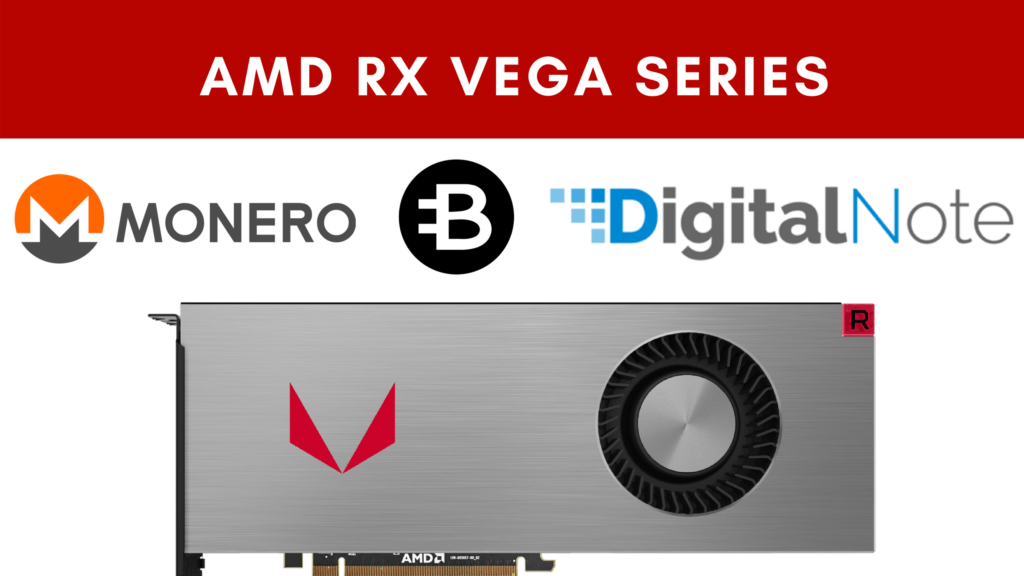
The information was very helpful. Thank you.